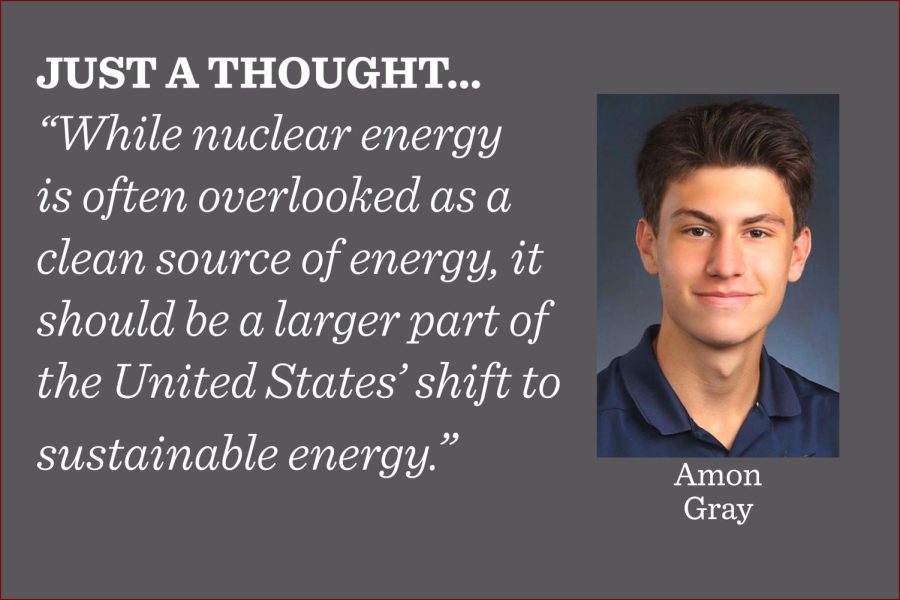Nuclear energy should play a role in shifting to sustainable energy
Midway Staff
Nuclear energy could help to heavily reduce carbon emissions, writes arts editor Amon Gray.
January 27, 2022
In 1942 here at the University of Chicago, Enrico Fermi and his team achieved the first-ever nuclear chain reaction. Nuclear energy generates power through fission, the process of splitting uranium atoms to produce energy, which creates steam that spins a turbine to generate electricity. As technology developed, the United States opened its first nuclear power plant in 1958, and by 2020, 19.7% of electricity in the United States was generated with nuclear power.
While nuclear energy is often overlooked as a clean source of energy, it should be a larger part of the United States’ shift to sustainable energy.
The carbon footprint of nuclear power plants is relatively small because the production of nuclear energy does not directly produce any carbon emissions. Despite solar and wind energy sources being very clean and sustainable, a lot more money, infrastructure and land has to be invested for them than for nuclear energy. A 1,000 megawatt electrical nuclear power plant generates close to 8 million megawatt-hours annually. Conversely, 1,000 wind turbines of 1 megawatt electrical capacity would generate less than 2.5 million MWh annually. Also, while the initial cost for building nuclear plants is high, they are relatively cheap to operate. For the disposal of nuclear waste, it can be stored in concrete and steel dry casks; the only problem remaining is finding a more secluded area where radiation cannot affect surrounding people.
Despite its flaws, nuclear energy is a cheaper, more sustainable option that can help us heavily reduce carbon emissions.




























































